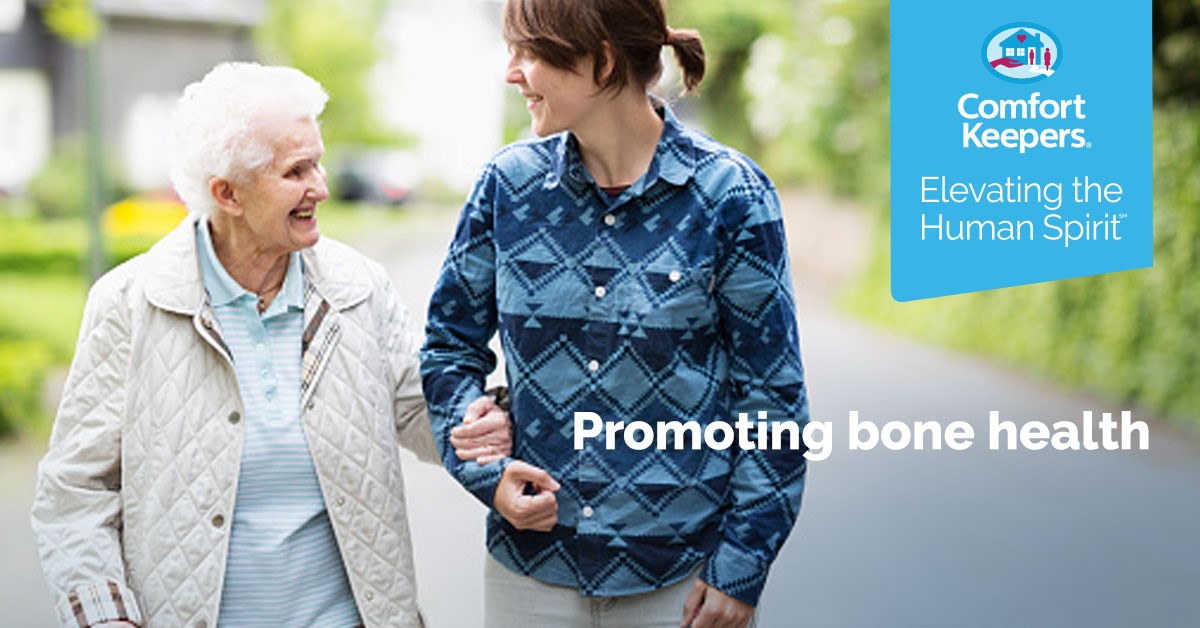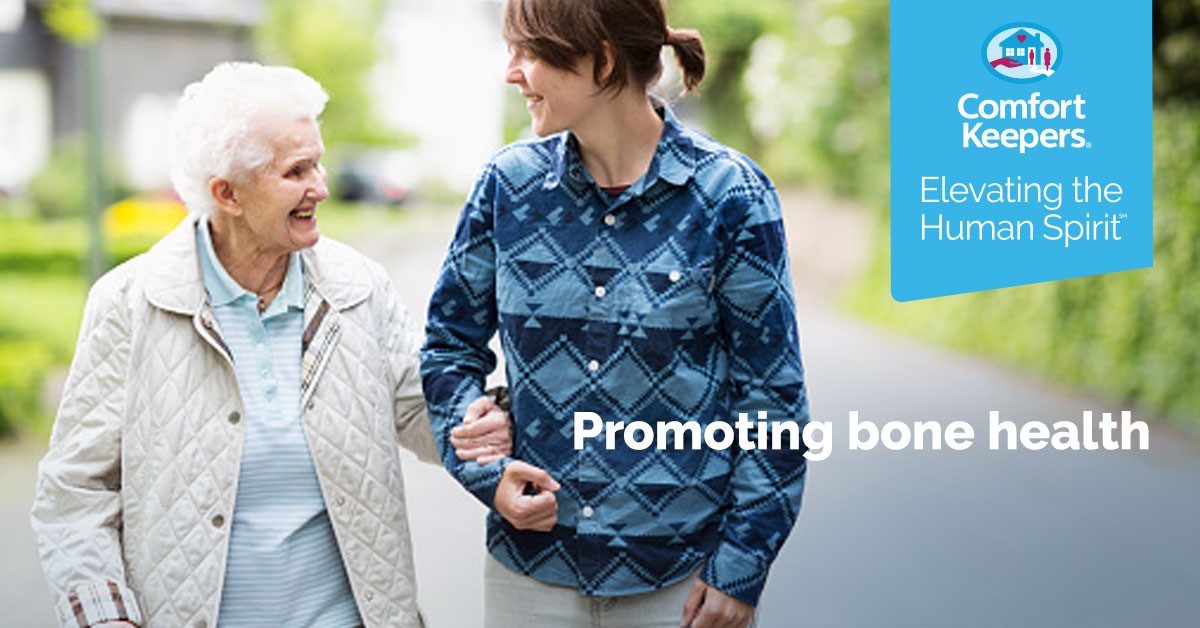Osteoporosis: A Silent Disease

Osteoporosis affects more than 200 million people worldwide . In the U.S. alone, one in two women over the age of 50 will have an osteoporosis-related bone break in her lifetime. Osteoporosis can affect everything from daily mobility to happiness and overall mental well-being of seniors . Seniors with osteoporosis need strong support systems to help them move freely and safely, get to important doctor’s appointments, share nutritious meals with friends, exercise, and feel more confident.
The Onset of Osteoporosis
At first, osteoporosis causes no symptoms because bone density loss occurs very gradually. Some people never develop symptoms. However, when osteoporosis causes bones to break (fracture), people may have pain depending on the type of fracture. Fractures tend to heal slowly in people who have osteoporosis and may lead to deformities such as curvature of the spine.
In long bones, such as the bones of the arms and legs, the fracture usually occurs at the ends of the bones rather than in the middle. The bones of the spine (vertebrae) are particularly at risk of fracture due to osteoporosis. These fractures usually occur in the middle to lower back.
Fractures may occur in people who have any type of osteoporosis. Vertebral fractures are the most common osteoporosis-related fractures. The weakened vertebrae may collapse spontaneously or after a slight injury. Most of these vertebral compression fractures do not cause pain. However, pain can develop, usually starting suddenly, staying in a particular area of the back, and worsening when a person stands or walks. The area may be tender. Usually the pain and tenderness begin to go away gradually after 1 week. However, lingering pain may last for months or be constant. If several vertebrae break, an abnormal curvature of the spine (a dowager's hump) may develop, causing muscle strain and soreness as well as deformity.
Fragility fractures are fractures that result from a relatively minor strain or fall, such as a fall from a standing height or less, including a fall out of bed, that normally would not cause a fracture in a healthy bone. Fractures can occur in a variety of places including the femur, humorous bone, and upper forearm. Hip fracture, one of the most serious fractures, is a major cause of disability and loss of independence in older people.
Pain
Osteoporosis itself isn't painful. But when the condition is severe, it can lead to fractures and other painful problems. The pain is usually more severe than the aches many people feel as they get older. The most common cause of osteoporosis pain is a spinal compression fracture. Other pain can also be caused by muscle spasming (cramping) of the surrounding micro fractures in bones in the arms, legs or feet. Just about any weight bearing bone in the body can be impacted. You don’t have to just grin and bear it. You and your doctor have a range of options to choose from to help you find relief. This can include medications or adjustments to diet and exercise.
Simple Habits That Promote Bone Health
1. High-impact, weight-bearing exercises create stronger bones, but not everyone can do them. Workouts on an elliptical machine, low-impact aerobics, and muscle strengthening exercises are good alternatives. Seniors should always consult their physician before starting a new exercise routine.
2. Don’t smoke, or take steps to quit if you do smoke. Smoking impacts our bones’ ability to absorb and use calcium.
3. Bone density scans are vital for proactively managing osteoporosis. These scans are just as important as a mammogram or colonoscopy, and help prevent life-altering conditions like hip fractures and broken bones.
4. Calcium contributes to overall bone health and density, and vitamin D helps our bones absorb that calcium. For seniors, egg yolks, cheese, and fatty fish (e.g., tuna, mackerel, and salmon) are good sources of vitamin.
5. Cook creatively! Here are some recipes you can enjoy.
Recent medical research has also found that a Mediterranean diet is associated with higher bone density and may help protect women over the age of 55 from osteoporosis. Calcium also contributes to overall bone health and density, and vitamin D helps bones absorb that calcium. For seniors, egg yolks, cheese, and fatty fish (e.g., tuna, mackerel, and salmon) are good sources of vitamin D. Seniors and their caregivers can find recipes for spaghetti with spinach pesto and feta cheese, salmon burgers, and berry crunch yogurt parfait.
Resources
Endocrine Society
National Osteoporosis Foundation
University of Pittsburgh Medical Center
USA Today
National Center for Biotechnology Information
Healthline
Merck





